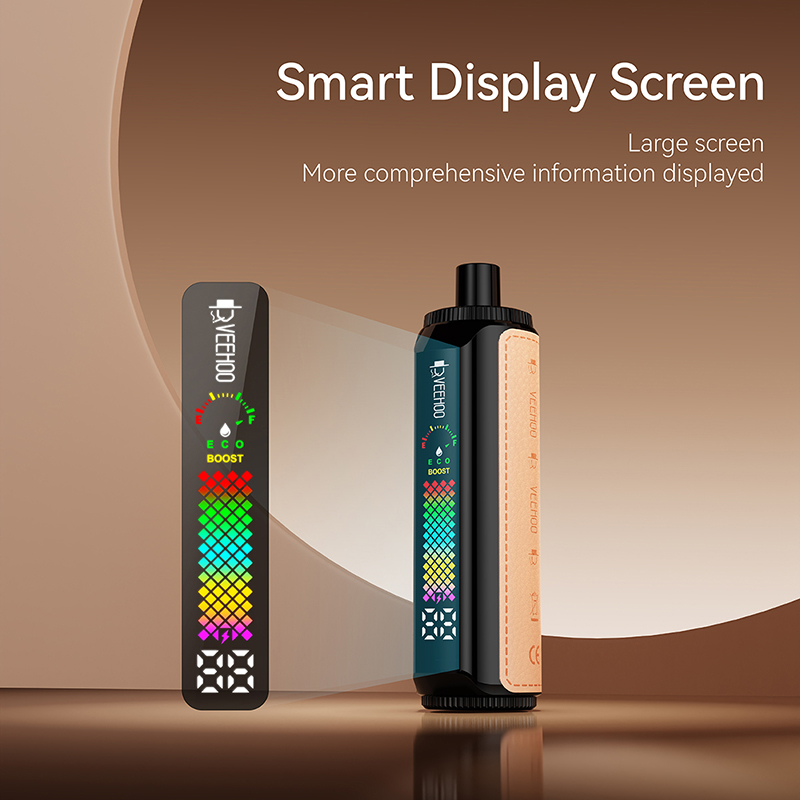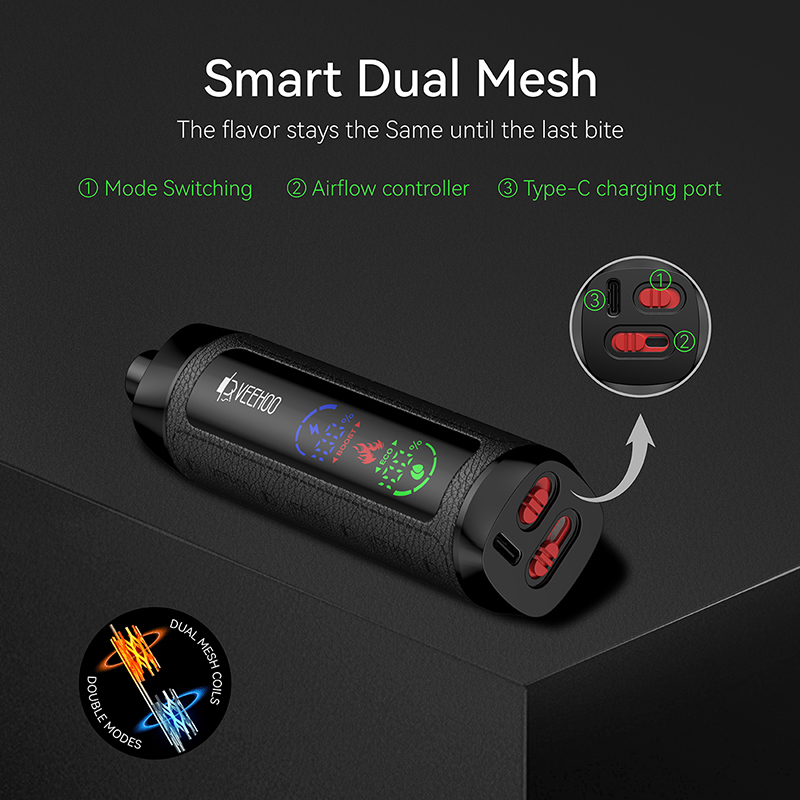In recent years, the popularity of social media has continued to increase worldwide, and the dependence of young people on these platforms, in particular, has become a trend that cannot be ignored. As a popular social application, Snapchat has attracted a large number of users with its image and video editing functions and interactive methods in the form of stories. However, as the number of platform users continues to increase, the problem of the spread of inappropriate content on Snapchat has become increasingly prominent, especially marketing activities about e-cigarettes. Recently, several medical institutions in the Netherlands jointly called for Snapchat to take more effective measures to crack down on e-cigarette sales content. This call is not only a warning for content regulation on social platforms, but also highlights the urgency of public health issues in the digital age.
The rapid rise of Snapchat has made it a major marketing front for many brands and merchants. In particular, e-cigarette brands, which reach a large number of young people through social media platforms and promote and sell them in a less noticeable way. Through exquisite advertisements, influencer marketing, and eye-catching images, these brands try to make e-cigarettes look not only a symbol of fashion, but also a lifestyle among young people. As a representative brand, VEEHOO e-cigarettes have been widely advertised on social media and have attracted the attention of young people.
However, it is this seemingly harmless social content that hides potential threats to health. Although e-cigarettes are considered safer than traditional cigarettes, they still contain nicotine and other chemicals, and the negative impact on the physical development and mental health of minors has been confirmed by many studies. For young people, they may not fully understand the harm of e-cigarettes. The advertising format of social platforms and the promotion of influencers often make them underestimate the risks of these products.

The joint call issued by several medical institutions in the Netherlands reflects their high attention to this phenomenon. The Netherlands is a country with a strong sense of public health. The government and medical institutions have been committed to strengthening the control of tobacco and nicotine products. Recently, with the popularity of e-cigarettes, the public health field in the Netherlands has begun to feel increasing pressure. Medical institutions are worried that Snapchat, as a social platform where young people are active, has become an important channel for e-cigarette brands to penetrate young groups. If the platform does not take effective measures, the sales content of these e-cigarettes may have an unimpeded impact on teenagers who have not yet formed mature judgment abilities.
These medical institutions specifically pointed out that e-cigarette ads on Snapchat do not have enough warning information and lack strict supervision on age restrictions. What’s more, some social media influencers with wide influence are often not vigilant when displaying e-cigarette products, and even bring some beautification effects to the use of these products. Through these contents, teenagers may form a wrong perception that e-cigarettes are a fashionable, safe and harmless consumer product, thereby increasing their probability of trying e-cigarettes.
As a leading global social platform, Snapchat faces unprecedented regulatory challenges. Although the platform itself has age restrictions and attempts to identify and block inappropriate content through technical means, in actual operation, it is not easy to crack down on e-cigarette marketing. The platform’s advertising is flexible and diverse, and the innovations of different brands and advertisers in marketing methods often exceed the coverage of the existing regulatory system. This makes it difficult for the platform to crack down on inappropriate advertising content.
At the same time, Snapchat is also facing a contradiction between commercial interests and public responsibilities. On the one hand, the platform hopes to increase revenue by attracting advertisers, and advertising revenue from e-cigarette brands is undoubtedly an important source of income; on the other hand, as a global social media giant, Snapchat’s social responsibility is becoming more and more important. The public’s expectations of the platform are not only to provide entertainment and social functions, but also to play a positive role in promoting social welfare, especially in protecting young people from harmful information.

Against this background, the VEEHOO e-cigarette brand has also begun to face pressure from the public and regulators. As a popular e-cigarette brand, VEEHOO is inevitably questioned about its marketing methods and product safety. In recent years, as governments around the world have continued to strengthen their supervision of the e-cigarette industry, VEEHOO has also gradually adjusted its market strategy. Brands have begun to pay attention to coordination with public health policies. Although e-cigarettes are considered to be less harmful to health than traditional tobacco products, they still emphasize the safety and legality of the products and avoid over-promoting their characteristics that attract young people to use them.
The brand concept of VEEHOO e-cigarettes has also changed, from the original fashionable and free image to a more rational and safe direction. When facing the calls for regulatory requirements for e-cigarette advertising on social platforms in countries such as the Netherlands, VEEHOO should not only cooperate with government policies, but also take the initiative to convey the correct concept of use to consumers. Through more transparent product information and responsible marketing strategies, VEEHOO can help ease the public’s panic about the e-cigarette industry while also establishing a more positive image for the industry.
The appeals of several Dutch medical institutions to Snapchat reveal a broader social issue – how to balance commercial interests and social responsibilities while protecting public health in the digital age. As one of the world’s leading social platforms, Snapchat should take the initiative to take stricter measures to strengthen the supervision of e-cigarette advertising, especially in the protection of adolescent users. The platform not only needs to strengthen the recognition capabilities of algorithms and artificial intelligence to prevent the spread of inappropriate content, but also should work more actively with e-cigarette brands and government agencies to ensure that their marketing activities comply with laws and regulations and minimize the negative impact on young users.

Brands such as VEEHOO e-cigarettes should also realize that while promoting brand value, responsible marketing and transparent information delivery are equally important. Through appropriate product promotion and health warnings, the e-cigarette industry can not only operate within a legal and compliant framework, but also provide consumers with safer and more rational choices.
In the future, we expect to see more medical institutions, social platforms and brands working together to promote a healthier and safer social environment, so that young people can enjoy the fun of social networks while staying away from harmful e-cigarette advertisements and product influences.
Tags: ceramic atomizer core, underage protection, flavored e-cigarettes, veehoo vape